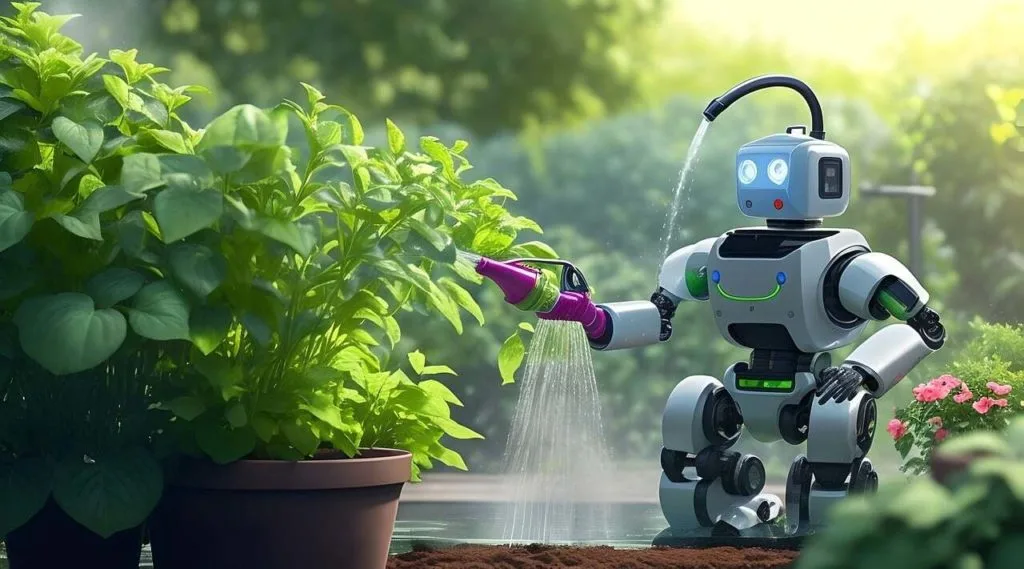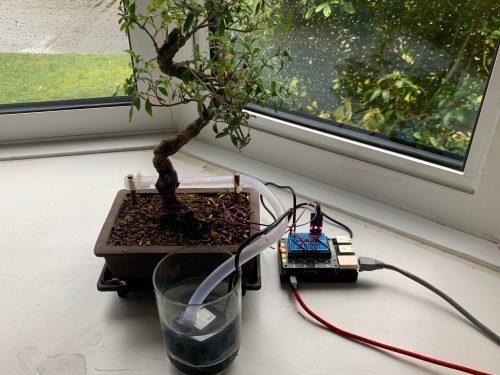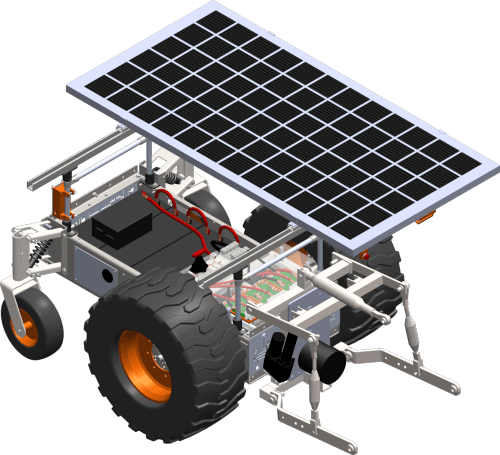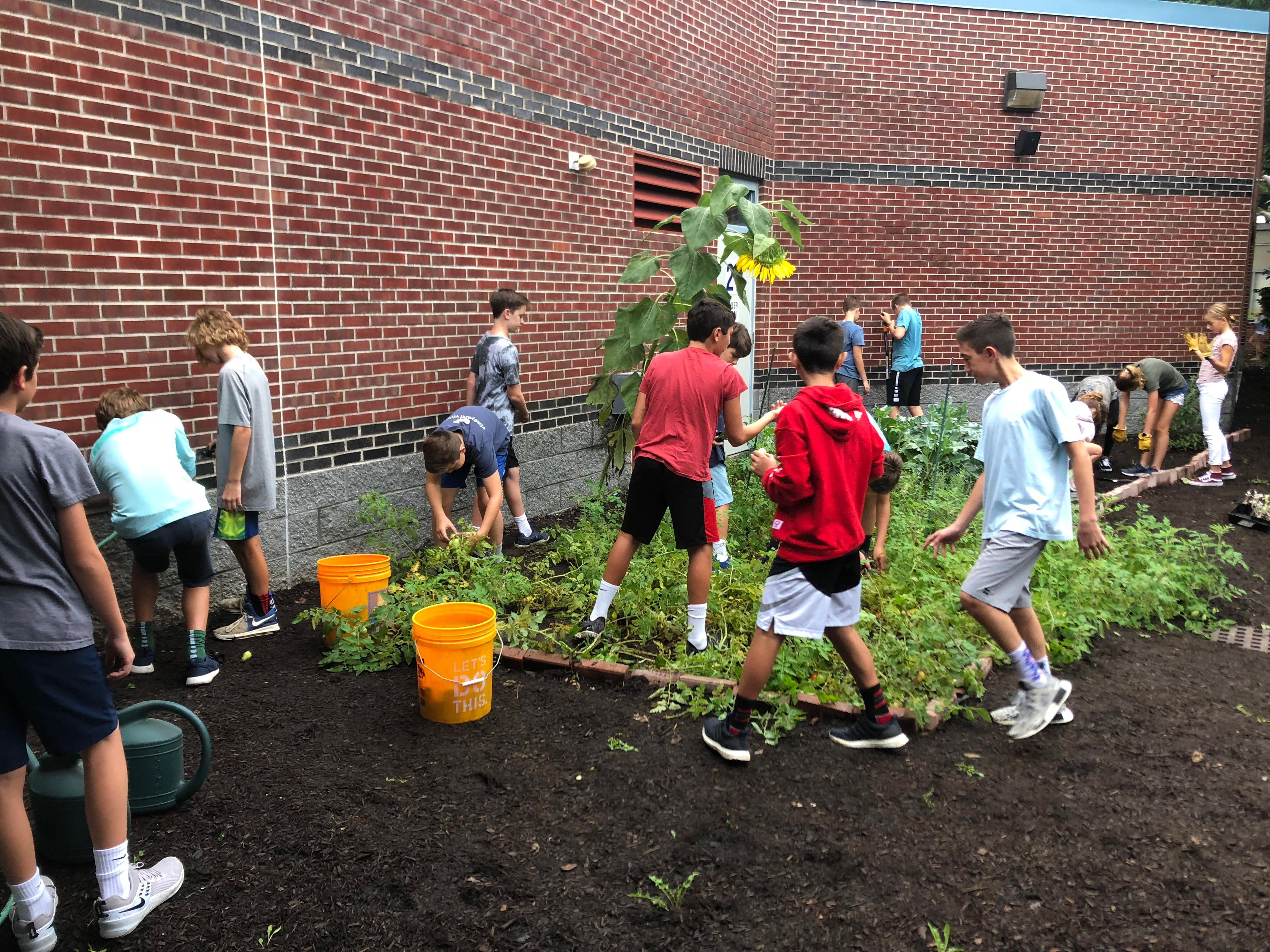Schlagwort: gardening
-

7 little-known tech solutions to take your garden to the next level
Reading Time: 8 minutesA well-maintained garden is a beautiful thing. The envy of your friends and neighbors, and a lifelong project you can truly take pride in, especially in the summer months. Gardening itself, though, can be a chore. The really fun parts often feel like a small fraction of the overall work, with a…
-

Grow a beautiful garden with home automation
Reading Time: 4 minutesA beautiful, lush garden is a wonderful thing. Not only does it look good year-round and impress the neighbours, but itâs also a great place to spend time in the summer months and entertain guests. However, a good garden is not an easy thing to maintain. It takes many hours of hard…
-

Raspberry Pi–powered bonsai watering system
Reading Time: 2 minutesBonsai trees are the most glorious of miniature shrubbery. But caring for them takes seriously green fingers. Luckily, this Raspberry Pi–powered bonsai watering system doesn’t require much to get started. Also, the Reddit user who shared the project is named Lord-of-the-Pis, so, we love. You will need: Raspberry Pi Submersible water pump…
-

Raspberry Pi–powered robot farmers
Reading Time: 3 minutesWe love seeing Raspberry Pi being used to push industry forward. Here’s an example of how our tiny computers are making an impact in agriculture. Directed Machines is a small company on a mission to remove pollution and minimise human labour in land care. Their focus is to do more with less,…
-

Using data to help a school garden
Reading Time: 7 minutesChris Aviles, aka the teacher we all wish we’d had when we were at school, discusses how his school is in New Jersey is directly linking data with life itself… Over to you, Chris. Every year, our students take federal or state-mandated testing, but what significant changes have we made to their…





